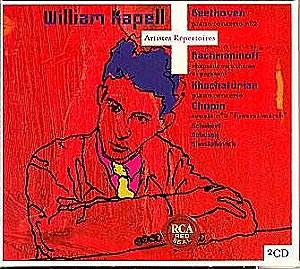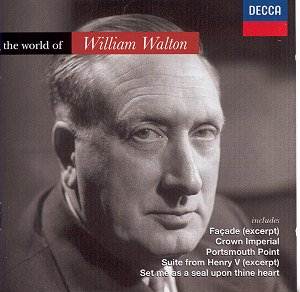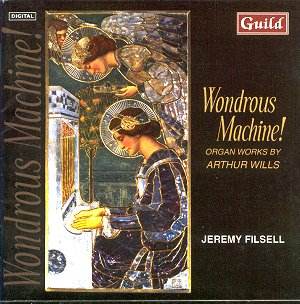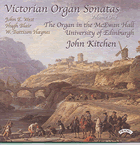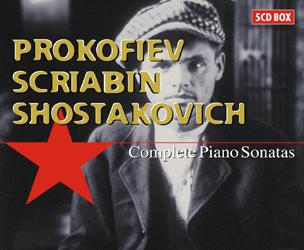 Composer: Scriabin, Prokofiev, Shostakovich
Composer: Scriabin, Prokofiev, Shostakovich
Works: Scriabin: Sonatas 1 in f, op. 6; 2 in g sharp, op. 19; 3 in f sharp, op. 23; 4 in f sharp, op. 30; 5, op. 53; 6, op. 62; 7, op. 64; 8, op. 66; 9, op. 68; 10, op. 70; Prokofiev: Sonatas 1 in f, op. 1; 2 in d, op. 14; 3 in a, op. 28; 4 in c, op. 29; 5 in C (second version), op. 135; 6 in A, op. 82; 7 in B flat, op. 83; 8 in B flat, op. 84; 9 in C, op. 103; 10 in e (fragment); Shostakovich: Sonatas 1, op. 12; 2, op. 61
Performers: Håkon Austbo (pianoforte), Murray McLachlan (pianoforte), Colin Stone (pianoforte)
Recording: Multiple recordings from 1989 to 1995, locations not specified
Label: Brilliant Classics
The compilation of piano sonatas by Scriabin, Prokofiev, and Shostakovich presents an intriguing yet uneven exploration of Russian piano music in the 20th century. Each composer represents distinct aesthetic trajectories, with Scriabin’s mystical tendencies, Prokofiev’s modernism, and Shostakovich’s complex emotional landscape. Such juxtaposition can be illuminating but also disorienting, particularly when the performances vary in quality, leaving the listener to navigate a landscape that may not fully honor the composers’ intentions.
Håkon Austbo’s interpretations of Scriabin’s sonatas are noteworthy for their structural clarity and nuanced understanding of the composer’s emotional breadth. The early Sonata No. 1 in F, op. 6, showcases Austbo’s ability to balance the work’s contrasting elements—its rhythmic counter-melodies and moments of stasis are handled deftly, evoking a sense of both euphoria and introspection. Austbo’s command of texture is exceptional; he weaves intricate trills while maintaining an audible melodic line, a skill that becomes increasingly essential in the ethereal textures of “White Mass” and the more anguished “Black Mass.” However, while Austbo’s readings are compelling, they do not quite eclipse the definitive interpretations by giants like Horowitz and Richter, particularly in the latter’s electrifying approach to the “Black Mass,” which remains singular in its intensity.
Murray McLachlan’s renditions of Prokofiev’s sonatas, however, present a stark contrast. Although technically sound, his interpretations lack the dynamic range and interpretative depth that the music demands. For instance, in Sonata No. 3, op. 28, McLachlan’s steady forte undermines the intricate interplay of dynamics that Prokofiev meticulously notates. Where Prokofiev calls for a nuanced approach, McLachlan often opts for a more straightforward reading, resulting in a flattening of texture and emotional impact. The thematic material, particularly in Sonata No. 4, should convey a sense of urgency and wit, yet under McLachlan’s hands, it feels pedestrian. The comparison with Richter’s recent interpretations reveals the profound richness of Prokofiev’s works, where the subtleties of expression are brought vividly to life.
Colin Stone’s performances of Shostakovich’s sonatas redeem the compilation considerably. His approach to Sonata No. 1 is marked by a vigorous yet sensitive touch that captures the essence of Shostakovich’s early modernist style. Stone’s articulation is clear and precise, allowing the intricate counterpoint and thematic development to shine without overwhelming the listener. The Second Sonata, composed during World War II, is rendered with a depth of feeling that reveals its haunting qualities, particularly in the poignant final movement, which Stone delivers with a compelling mix of melancholy and optimism. This contrasts sharply with the more lackluster interpretations of Prokofiev, reminding us that Shostakovich’s piano works deserve a place alongside his symphonic and chamber music counterparts.
The recording quality across the five discs varies slightly, with the second disc exhibiting a warmer sound that enhances the listening experience of Austbo’s Scriabin. However, the absence of booklet notes diminishes the educational value of the set, particularly for novice listeners who might benefit from contextual insights into the music’s historical significance. While a lack of extraneous commentary can sometimes allow the music to speak for itself, here it creates a gap that could have been filled with illuminating information about these complex works.
Scriabin and Shostakovich emerge as the clear winners in this compilation. Austbo’s performance honors the intricacies of Scriabin’s evolving style, while Stone’s vivacity and interpretive clarity in the Shostakovich sonatas reveal their inherent worth. McLachlan’s Prokofiev, however, falters under the weight of its own expectations, leaving the listener yearning for more vibrant interpretations. The set, while offering valuable insights into two of the composers, ultimately finds its integrity compromised by the unevenness of its offerings.
